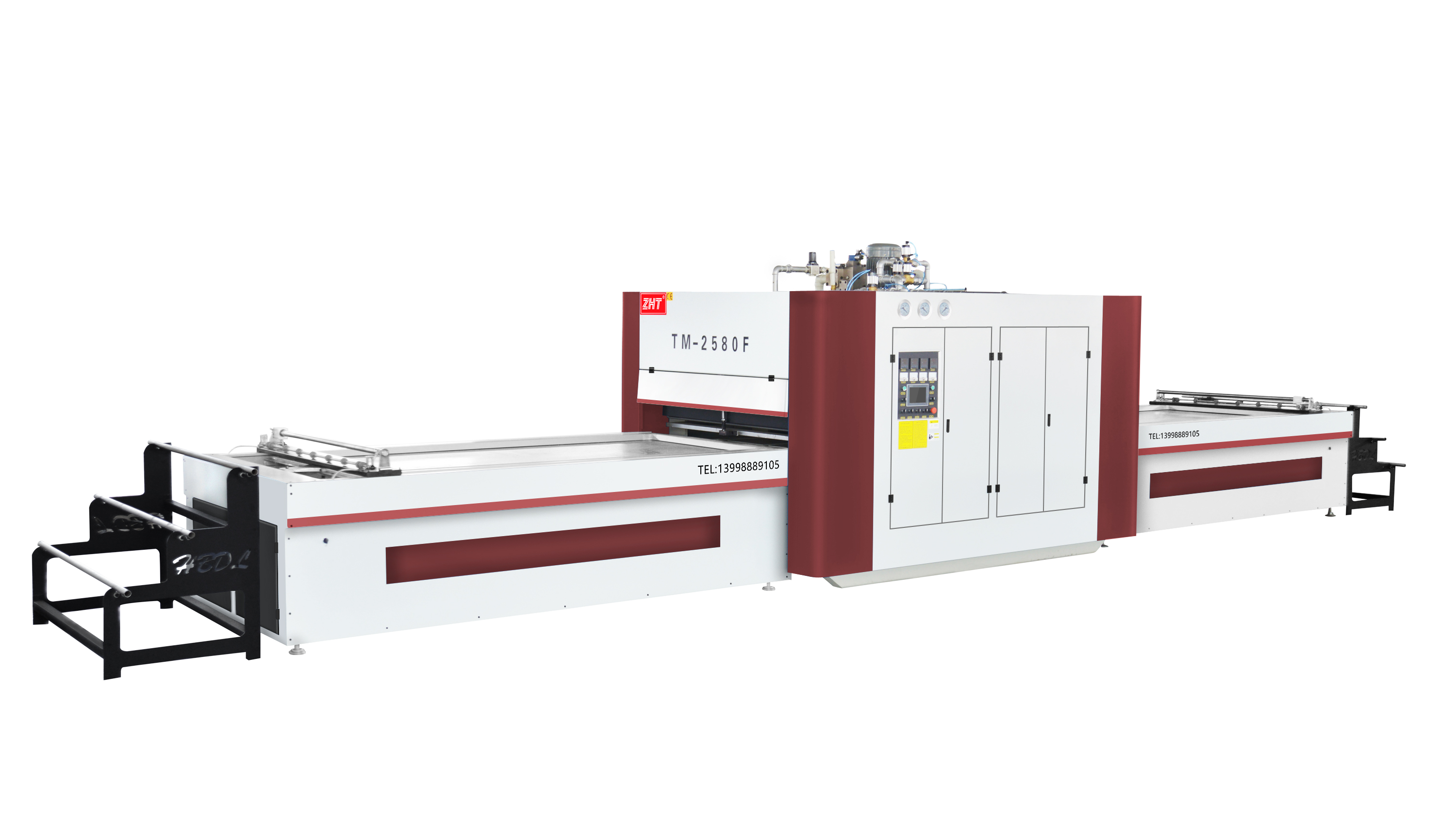- All
- Product Name
- Product Keyword
- Product Model
- Product Summary
- Product Description
- Multi Field Search
Views: 4 Author: Site Editor Publish Time: 2022-12-26 Origin: Site
Blister board is also called molded board. This kind of process material mainly uses MDF as the base material, mills and polishes it, and presses and covers the PVC finish tightly through the principle of vacuum adsorption, and finally the finished product. Blister board has been favored by the European market because of its mature technology, and it is widely used by world-renowned brands such as IKEA.
Blister is just a process. The real core board is MDF. The scientific name of MDF is MDF, which is a kind of density board. Density boards can be divided into high-density boards, medium-density boards and low-density boards according to their density. The density of medium-density boards is between the density of high-density boards and low-density boards, generally 440~880kg/m³.

Why MDF can be unique among density boards, because its advantages are very obvious no matter in the horizontal contrast in the density board or in the longitudinal contrast in the overall board:
1. The material is uniform, the layer structure is dense, the surface is smooth and clean, not easy to deform, stable performance, smooth and delicate edges, not easy to collapse and delaminate; non-toxic, tasteless, non-radiative, and good air permeability.
2. Good heat insulation performance, no aging, strong adhesion;
3. The static bending strength, tensile strength, water content, nail holding force, water expansion rate and formaldehyde content are all better than GB/T117181-999, GBl8580-2001 national standard (inner joint strength reaches 0.74Mpa water absorption thickness The expansion rate is less than 3%, and the moisture content is about 5%).
4. The fiber of MDF is finer than that of ordinary particleboard, and the finish is smooth, without swelling and delamination, which can greatly reduce the amount of materials used. The selection of MDF is mainly to test the formaldehyde emission and structural strength. The MDF is divided into E1, E2 and E0 grades according to the formaldehyde emission. The formaldehyde emission generally does not exceed 30mg/100g and is regarded as a qualified product.